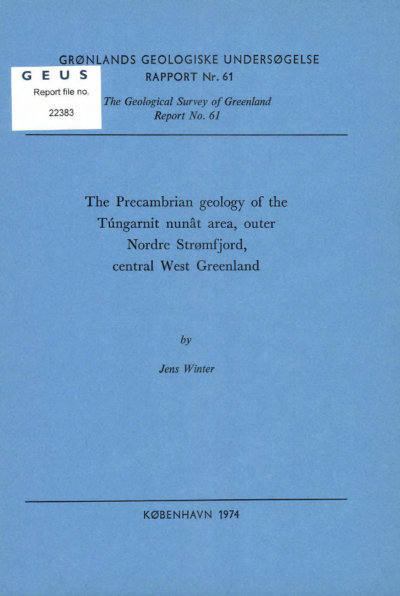The Precambrian geology of the Túngarnit nunât area, outer Nordre Strømfjord, central West Greenland
DOI:
https://doi.org/10.34194/rapggu.v61.7371Abstract
Túngarnit nunât forms part of the Isortoq gneiss complex of the Nagssugtoqidian orogenic belt. The following rock-types occurring in the area are described: hypersthene-biotite gneisses, biotite gneisses, garnet-biotite gneisses, amphibolites, and marbles and calc-silicate rocks. These rocks were metamorphosed in the lower part of the granulite facies, but a down-grading took place locally because of late dextral shear-movements. The main Nagssugtoqidian deformation produced mesoscopic folds as well as large-scale structures, and thrusting is a common feature of the deformation. This combined with the later shearing caused a reorientation towards parallelism of the structural elements so that the lithological units now form an ENE trending 'linear belt'. After the main Nagssugtoqidian deformation and the late shearing, weak folds were formed with axial planes striking SSE, and the rocks were intruded by pegmatites. Precambrian lamprophyres cut the gneisses.
Downloads
Published
Issue
Section
License
This article is distributed under a CC-BY 4.0 licence, permitting free redistribution and reproduction for any purpose, even commercial, provided proper citation of the original work. Author(s) retain copyright over the article contents.


